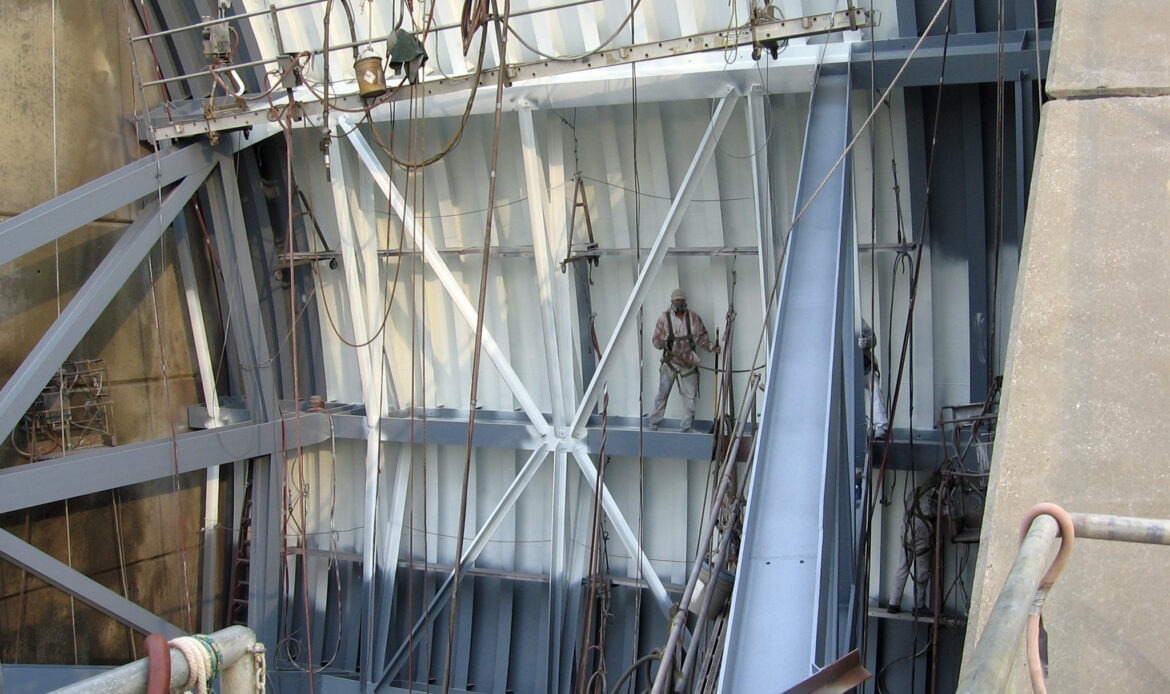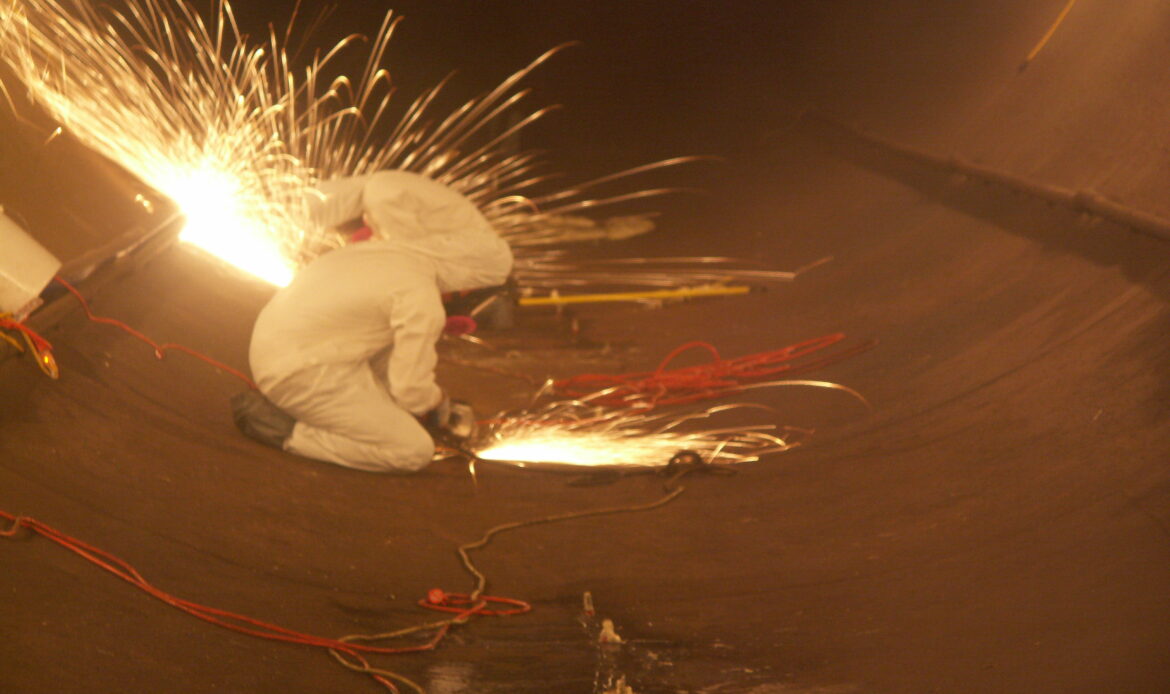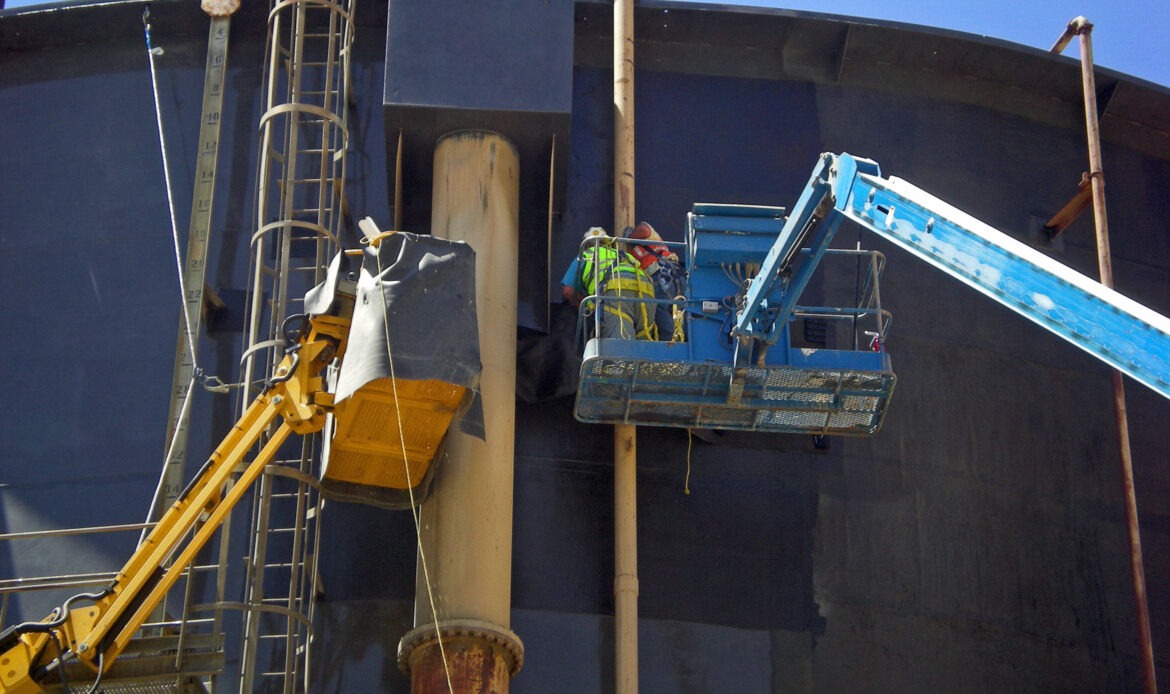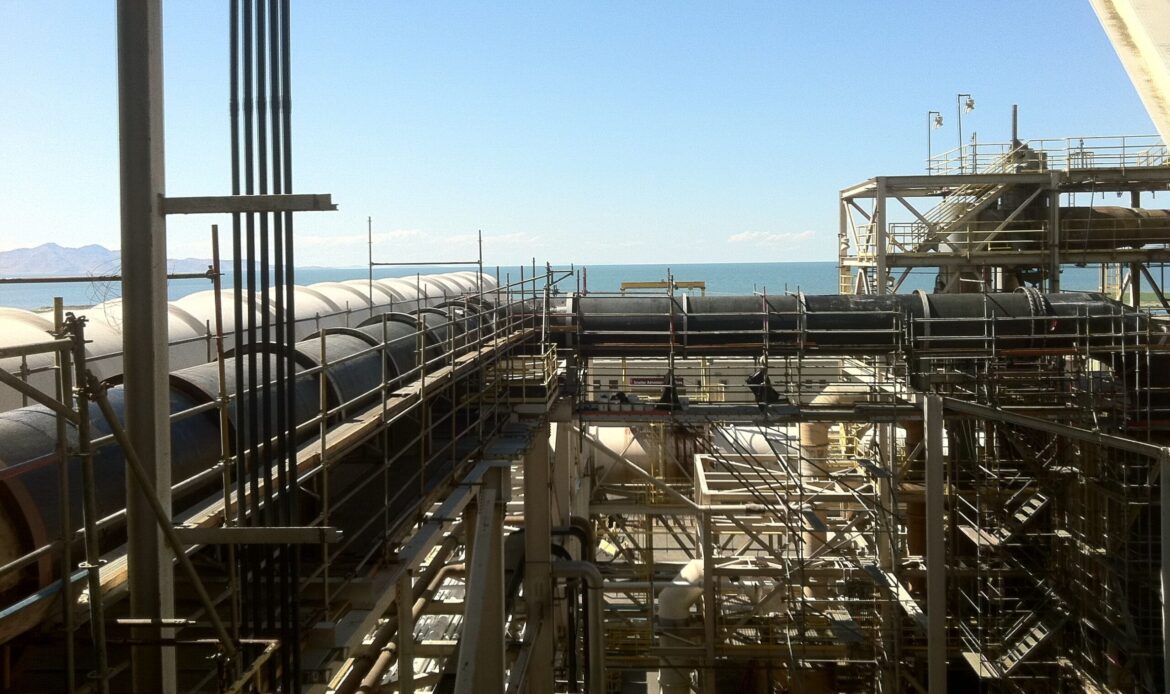Fixing Infrastructure Problems
What We Do
What do we mean when we say “we fix infrastructure problems using advanced materials”? Just this: Next Composites specializes in the use of carbon fiber-reinforced plastics (CFRP) and other advanced polymers to repair industrial infrastructure that’s been degraded by the effects of time, weather, and corrosive materials.
Learn more about the types of infrastructure we fix, the issues we resolve, the methods and materials we use, the advantages of composite materials, and the industries we serve.
Types of Infrastructure
Here’s a partial list of the kinds of industrial infrastructure that we’ve successfully repaired:
- Pipes
- Above- or below-ground
- High-temperature fluids
- Any length or diameter
- Steel, concrete, or alloy
- Tanks
- All capacities
- Any type of liquid, gel, or slurry
- Any material
- Lined or unlined
- Columns and beams
- Any length or thickness
- Walls, slabs, and floors
- Secondary containments
- High-temperature ducts


Infrastructure Issues
A lot can go wrong with infrastructure. Next has expertise in repairing and mitigating a broad range of infrastructure issues, such as:
- Corrosion
- Abrasion
- Impact
- Blast mitigation
- Seismic retrofits
- Composite reinforcement
Methods and Materials
Our expertise encompasses a range of advanced materials and methods, including:
- Composite materials
- Carbon fabrics
- Basalt fabrics
- Glass fabrics
- Specialty coatings and linings
- Advanced grouts
- Corrosive environments
- High temperature facilities
- High pressure environments
- Limited access situations


Advantages of CFRP
Using advanced materials in infrastructure repair can yield a number of advantages:
- Repair in place
- Short turnarounds
- Minimal operational impact
- Lower cost
- Superior results
- Can often be capitalized
